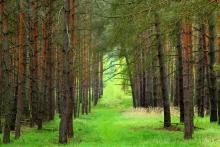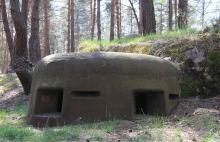 Asset Publisher
Asset Publisher
HUNTING
Hunting is an element of environment protection, as defined by the Hunting Law ("Prawo Łowieckie") of 1995. Game animals (20% of mammal species and 12% of bird species occurring in Poland) are a national good and a property of the Polish Treasury.
About 60% out of 618 species of vertebrates found in Poland live in forests. Civilization has undermined the balance and rules of forest ecosystem. It influences also the animals living there. That is why animal stock, ways of nursery, as well as the possibility of preventing damage caused by game are regulated by Polish and European Union law. Hunting is an important part of forest management. The game animal management is handled in accordance with the rules of ecology and rational forest, agricultural and fishing management. It is conducted by hunters of Polish Hunting Association (Polski Związek Łowiecki) and foresters. Hunting includes: animal breeding, protection and gaining animals by means of hunting or trapping.
The following species occur in the area of the Sulechów Forest District: red deer, fallow deer, roe deer, wild boar (big game) and, among others, hare, pheasant, fox, badger (small game). The forest district holds 9 hunting zones, hired by 7 hunting associations, and a Game Breeding Centre (Ośrodek Hodowli Zwierzyny, OHZ) included in I and II Breeding Area. The forest district holds 9 hunting zones, hired by 7 hunting associations, and a Game Breeding Centre (Ośrodek Hodowli Zwierzyny, OHZ) included in I and II Breeding Area.
Hunting zones in the Sulechów Forest District are divided between:
- I Breeding Area (5 hunting zones)
- II Breeding Area (5 hunting zones)
The border line dividing the two areas is the S3 expressway.
Furthermore, within the area of the forest district, there are 3 hunting zones managed by neighbouring forest districts:
- hunting zone no. 113 – the Świebodzin Forest District,
- hunting zone no. 130 – the Babimost Forest District,
- hunting zone no. 160 – the Sława Forest District.












